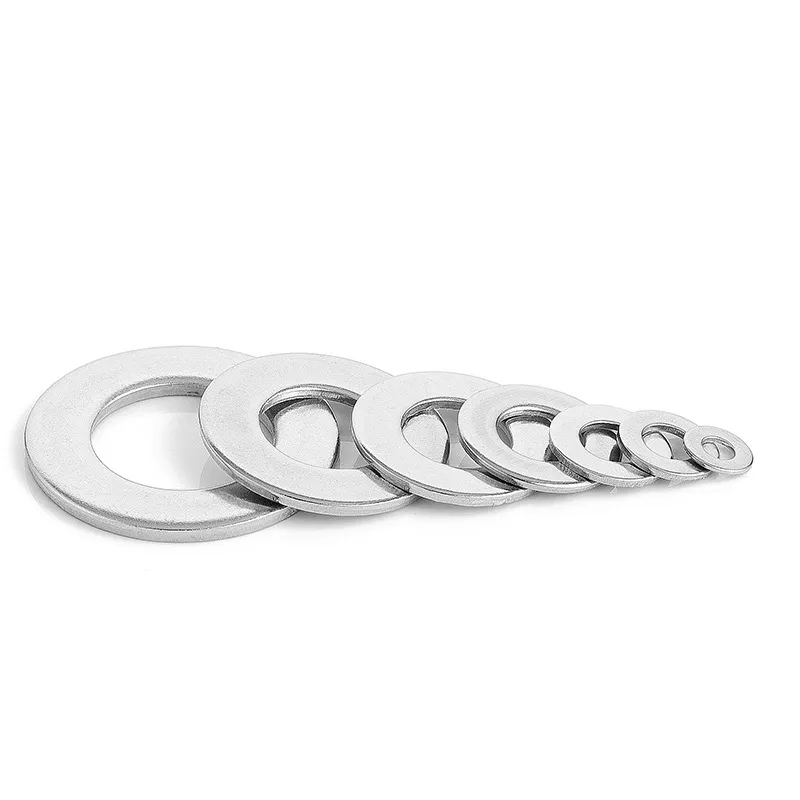

Understanding Metric Bolts A Guide to Specifications and Applications
Nov . 09, 2024 09:43 Back to list
Understanding Metric Bolts A Guide to Specifications and Applications
Understanding Metric Bolts A Comprehensive Guide
When it comes to hardware and fasteners, bolts are essential components across various industries and applications. Among those, metric bolts have become increasingly popular due to their standardization and compatibility in mechanical engineering and manufacturing. This article delves into the world of metric bolts, their specifications, applications, and why they are widely used.
What Are Metric Bolts?
Metric bolts are fasteners that are defined using the metric system, which is an international decimalized system of measurement. Unlike imperial bolts, which are measured in inches, metric bolts utilize millimeters for their dimensions. This makes them ideal for use in countries that have adopted the metric system, providing a standardized solution that promotes uniformity and ease of use.
A typical metric bolt is characterized by its diameter, thread pitch, length, and strength grade. For example, a bolt labeled as M10 x 1.5 x 50 signifies a bolt with a 10 mm diameter, a thread pitch of 1.5 mm, and a length of 50 mm. Understanding these specifications is crucial for selecting the right bolt for any application.
Types of Metric Bolts
There are various types of metric bolts available, each designed for specific applications
1. Hex Head Bolts These are the most common type and feature a hexagonal head that requires a wrench for installation and removal. They are frequently used in construction and manufacturing.
2. Socket Cap Bolts These bolts have a cylindrical head with an internal hexagon, allowing for tighter spaces to be accessed. They are often used in precision machinery.
3. Flange Bolts These bolts come with a built-in flange that acts as a washer, distributing the load over a wider area. They are commonly used in automotive applications.
4. Carriage Bolts Characterized by a rounded head and square neck, carriage bolts are primarily used in wood applications, where the square neck prevents rotation.
metric bolts

5. Lag Bolts Also known as lag screws, these large bolts are used for heavy-duty applications and feature a hex head. They are primarily utilized in woodworking.
Measurement and Standards
The dimensions and specifications of metric bolts are defined by various international standards, notably the ISO (International Organization for Standardization) and DIN (Deutsches Institut für Normung) standards. These standards ensure that metric bolts are manufactured to consistent quality, facilitating compatibility across different manufacturers and applications.
In addition to size, metric bolts are also graded based on their strength. Common grades include 8.8, 10.9, and 12.9, which indicate the tensile strength of the bolts. Knowing the appropriate grade is essential for applications requiring specific load-bearing capacities.
Advantages of Using Metric Bolts
1. Uniformity and Interchangeability The widespread international adoption of the metric system means that metric bolts are standardized across many countries. This offers interoperability among various components and reduces the risk of compatibility issues.
2. Easier Calculations The metric system is based on multiples of ten, making calculations straightforward. This is particularly advantageous in engineering and manufacturing scenarios where precise measurements are crucial.
3. Availability Due to their popularity, metric bolts are readily available from numerous suppliers worldwide, simplifying procurement and reducing lead times for projects.
4. Versatility Metric bolts can be used in a myriad of applications ranging from automotive to construction and aerospace, making them a versatile choice for engineers and builders.
Conclusion
Metric bolts are an integral part of fastener technology, offering a standardized solution that caters to a variety of applications. Their specifications—diameter, thread pitch, length, and strength—are crucial for selecting the correct bolt for any mechanical needs. With a vast range of types available and international standards governing their production, metric bolts continue to be a reliable and efficient choice for professionals across industries. Understanding metric bolts and their applications can ultimately lead to better design decisions and improved engineering outcomes.
Latest news
-
Hot Dip Galvanized Bolts-About LongZe|High Strength, Corrosion Resistance
NewsJul.30,2025
-
High-Strength Hot Dip Galvanized Bolts - Hebei Longze | Corrosion Resistance, Customization
NewsJul.30,2025
-
Hot Dip Galvanized Bolts-Hebei Longze|Corrosion Resistance&High Strength
NewsJul.30,2025
-
High-Strength Hot-Dip Galvanized Bolts-Hebei Longze|Corrosion Resistance&High Strength
NewsJul.30,2025
-
Hot Dip Galvanized Bolts-Hebei Longze|Corrosion Resistance&High Strength
NewsJul.30,2025
-
Hot Dip Galvanized Bolts - Hebei Longze | Corrosion Resistance, High Strength
NewsJul.30,2025

